Let’s explore the fascinating realm of digital fresco techniques and how artists are leveraging technology to translate the ancient art of fresco painting into the digital landscape, bringing murals to screens with finesse and creativity.

Introduction
Fresco painting, known for its historical significance in mural art, has found a new avenue of expression in the digital realm. Artists are reimagining this age-old technique, utilizing digital tools to create immersive and captivating digital frescoes, bridging the gap between traditional artistry and modern technology.
Understanding Fresco Painting
Historical Significance
Fresco painting originated centuries ago, notably seen in ancient Roman and Renaissance artworks. Artists painted on freshly applied plaster, allowing the pigments to bind with the surface, creating enduring murals.
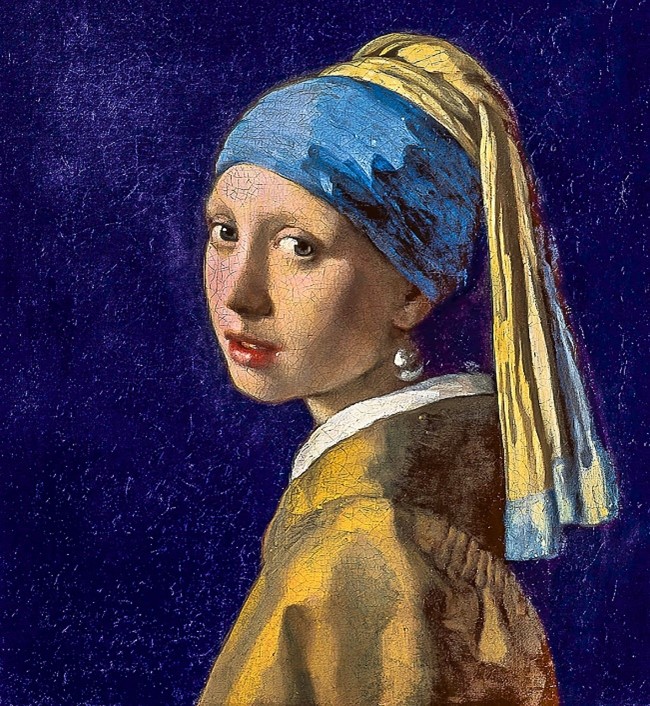
Technique and Characteristics
Frescoes are characterized by their vibrant colors and seamless integration with the plaster surface. Artists would apply pigments to wet plaster in sections, creating a durable and luminous artwork.
Digital Fresco Techniques
Digital fresco techniques emulate the traditional fresco process, where artists apply layers of pigment onto damp plaster, creating a durable and visually striking artwork. In the digital realm, artists employ specialized software and tools to replicate the physical process, allowing them to achieve the same textured and expressive effects without the constraints of traditional fresco.
1. Layering and Blending: Creating Depth and Dimension
Digital fresco techniques utilize layering and blending techniques to create depth and dimension within a two-dimensional plane. Artists carefully apply and blend layers of digital pigment, mimicking the physical process of fresco, to achieve a sense of texture and dimensionality.
2. Textured Surfaces: Capturing the Essence of Fresco
Digital fresco techniques incorporate textured brushes and effects to capture the essence of traditional fresco. Artists can replicate the imperfections and irregularities of plaster, adding a touch of authenticity and physicality to their digital murals.
3. Vibrant Colors: Bringing Murals to Life
Digital fresco techniques allow artists to explore a vast range of vibrant colors, echoing the brilliance and luminosity of traditional fresco. Artists can manipulate color values, saturation, and intensity to create visually striking and impactful digital murals.
Digital Tools: Expanding Creative Possibilities
Digital tools have revolutionized the practice of fresco art, providing artists with unprecedented flexibility and control. Specialized software such as Adobe Photoshop and Procreate allows artists to adjust brush settings, layer opacity, and blending modes, enabling them to achieve a wider range of textures, effects, and creative possibilities.
Tools and Software
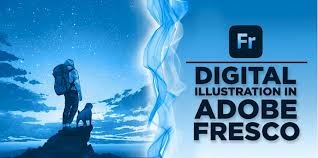
Specialized Brushes and Textures
Digital platforms provide artists with specialized brushes and textures designed for fresco emulation. These tools offer a range of effects, including brushstrokes resembling those of traditional fresco painting.
High-Resolution Platforms
Utilizing high-resolution platforms and devices ensures the fidelity of digital frescoes. Artists work on screens with excellent color accuracy and resolution to capture the intricacies and vibrancy of their artworks.
Techniques in Digital Fresco Painting
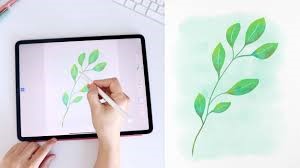
Underpainting and Building Layers
Similar to traditional fresco techniques, artists start with an underpainting, gradually building layers to achieve depth and luminosity. They simulate the absorption of pigments into plaster by blending colors and textures digitally.
Blending and Transitions
Mastering blending and transitions is pivotal in digital fresco painting. Artists employ techniques to seamlessly merge colors and textures, creating smooth transitions between different elements within the artwork.
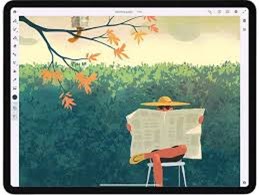
Scaling and Adaptability
Digital frescoes offer the advantage of scalability. Artists can adjust the size and resolution of their artworks, making them suitable for diverse platforms, from large-scale displays to digital screens.
Adaptability to Environments
Digital frescoes, being versatile in nature, can adapt to various environments. They can serve as immersive digital installations, online exhibitions, or even as elements within video games and multimedia projects.
Impact and Accessibility
Reviving Mural Art in a Digital Era
Digital fresco techniques revive the spirit of mural art in a digital landscape. Artists contribute to the preservation and evolution of this artistic tradition, introducing it to a new generation.
Global Accessibility and Engagement
Digital frescoes, being accessible online, transcend geographical boundaries. Artists can showcase their creations globally, engaging audiences worldwide through online galleries, virtual exhibitions, and social media platforms.
Case Studies: Artists Mastering Digital Fresco Techniques
- James Jean: James Jean, a renowned artist known for his intricate and colorful works, has also embraced digital fresco techniques. His digital murals feature bold lines, vibrant colors, and a blend of traditional and digital elements, showcasing the versatility of this art form.
- David Choe: David Choe, a contemporary artist known for his graffiti-inspired art, has also explored digital fresco techniques. His digital murals showcase a fusion of traditional fresco aesthetics with modern street art elements, creating visually striking and impactful artworks.
Conclusion
Digital fresco techniques represent a seamless blend of tradition and technology, breathing new life into the art of mural painting. Through the innovative approaches of artists, these digital frescoes evoke the essence of traditional fresco art while embracing the possibilities offered by the digital canvas. As these techniques continue to evolve, digital frescoes stand as a testament to the enduring beauty and adaptability of artistic expression in the digital age.



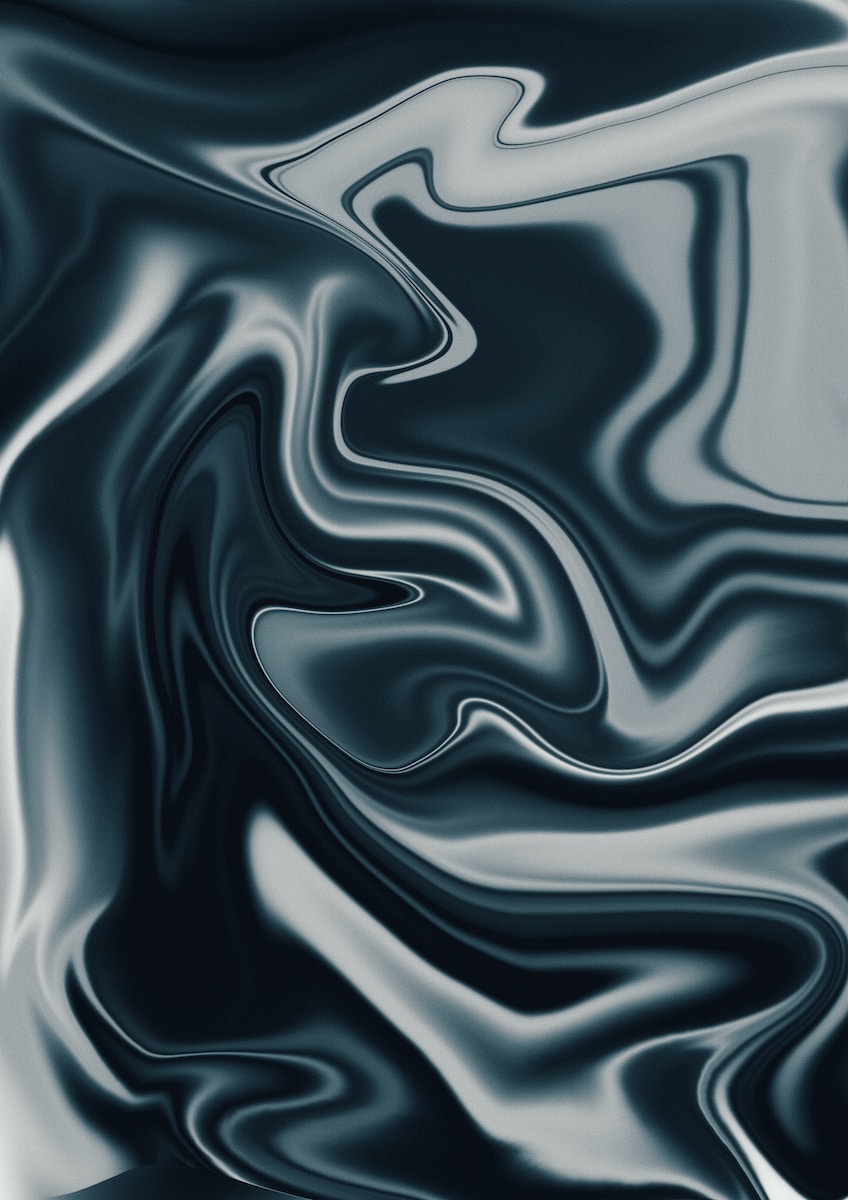




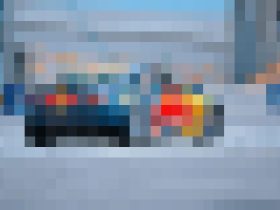






Got a Questions?
Find us on Socials or Contact us and we’ll get back to you as soon as possible.